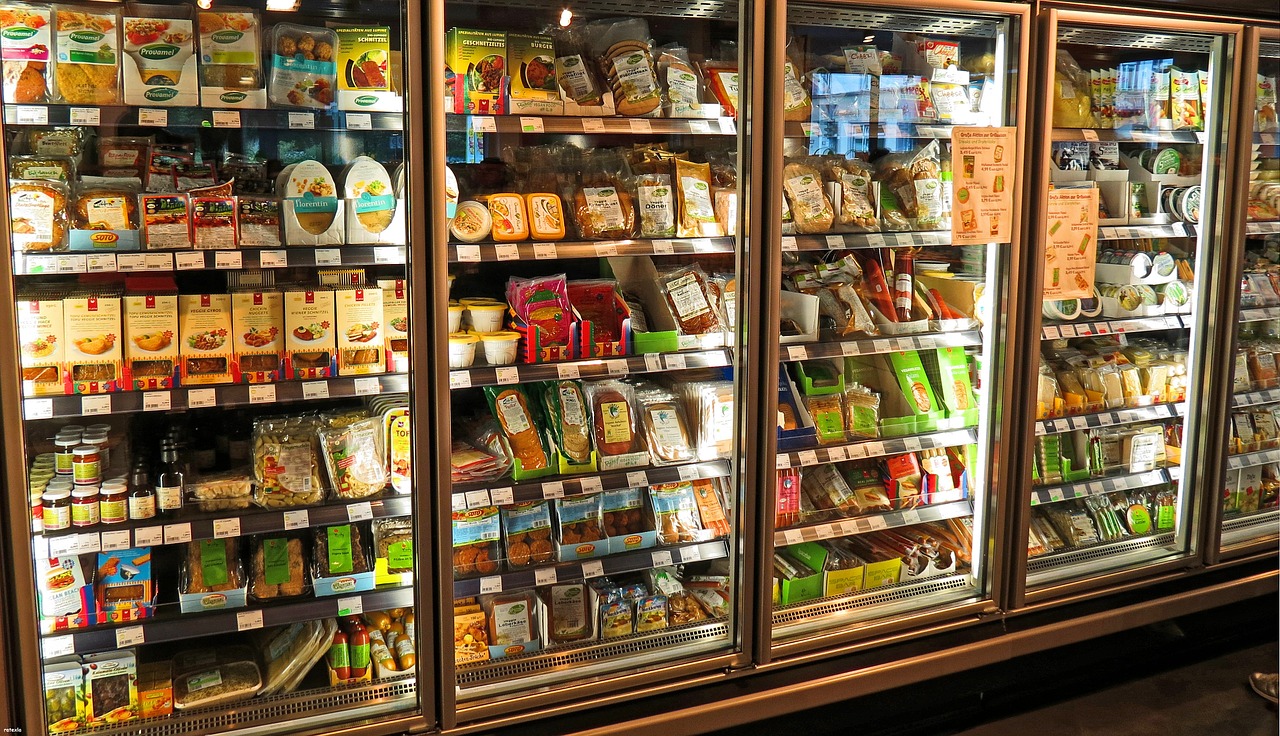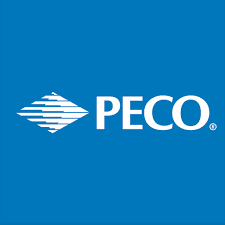Overview of PJM Energy Efficiency Incentives
The PJM Capacity Rewards program is a sub-component of PJM's Reliability Pricing Model that seeks to provide supply (generation) and demand side balancing. As this very delicate balance is essential for electrical grid's reliability, continuity and quality of power, there is a great need to understand and capture changes in electrical demand that either increases or reduces the demand side, which ultimately impacts the supply side.
As PJM works continuously to efficiently and reliably source generation capacity that is matched to its service territory's demand for power through this reliability pricing model (RPM), a value is placed behind each KW of either a generation resource's available capacity or permanently reduced demand KW from PJM's service territory. The value of the generation and permanent load reduction capacity is determined through multiple auctions - BRA (Base Residual Auctions - 100% target) and incremental auctions throughout a calendar year. The auctions will aim to source capacity requirements 4 years out into the future.
This pricing model forms the basis of the PJM capacity pricing model and how permanent KW load reductions can be monetized within the PJM service territory. EES is a project (demand reduction resource) aggregator as we look to identify and aggregate resources throughout the PJM territory. The incentives generated from these resources are monetized and then shared with our customers.
List of Commonly Accepted Energy Efficiency Resources (Projects)
The list of possible projects types that qualify for PJM Capacity Credits are shown below. This is a list of COMMONLY accepted resources, if you have a project that reduces electrical demand but does not fit into these project categories, please reach out to us for an an evaluation through the Contact Us link

OEM Equipment Suppliers
(LED Lighting, Anti-Sweat Controls, Vending Machines)
OEM Suppliers of LED Lighting, Refrigeration, and HVAC equipment can also qualify for this incentive. We work with various suppliers within the US to establish a process to identify equipment sales that ultimately contribute to efficiency improvements within the PJM Territory.
These sales transactions must be direct to consumers (end users) of these energy efficient products and within the the PJM territory. To learn more please click the Learn More button below.

New Construction Residential
New homes are ranked on their performance by the HERS rating system (Home Energy Rating System). Many different factors can impact the overall HERS rating of the home. Some of these factors include lighting, building envelope (windows and walls), and the home's HVAC System. Depending on how the home is rated, PJM incentives are available to the developer or builder.
Ideally, a common HERS rating established for a development construction. This is then applied throughout the entire portfolio of homes within the development.

New Construction - Commercial
New construction projects that has an energy load below the state's adopted ASHRAE or industry standards will qualify for PJM Capacity Credits based on the estimated energy demand savings. This can apply to both infrastructure and process loads on new commercial & industrial facilities, warehouses, and data centers.

LED Lighting Upgrades
LED lighting projects are the simplest to qualify as lighting projects deliver consistent KW Load reduction throughout a utility account. The load reduction is determined by taking the baseline pre-project KW demand in relation to the post project KW demand.

Data Center (New or Renovation)
As the world's demand for IOT devices and web based services have continued to increase, the construction of new data centers within the US has continued to escalate. How the data centers are built and operated has a tremendous impact on their efficiency. Utilizing accepted baseline energy standards for data center efficiency, incremental improvements form the baseline qualify for both utility and PJM incentives.

Compressed Air Projects
Compressed Air System upgrades can deliver substantial savings especially on systems with multiple units operating in sync. An ideal upgrade includes appropriately sized and sequenced compressors that optimizes the supply side of the system to meet demand side requirements.

HVAC & Refrigeration Systems
Commercial HVAC & Industrial Refrigeration systems within chilled manufacturing and storage facilities that has invested in system optimization through proper sequencing of chiller packages, improved load management, and efficiency improvements can deliver substantial KW & KWH savings.

Food Service Equipment
Food service equipment offers a significant opportunity for both local utility incentives and PJM Capacity Credits. The typical utility incentive is between $20-$40 per door of dew point cycled anti-sweat heater controls. The KW load reduction can be as much as 50% of the base load of doors that are in continuous operation.

Emergent Energy Solutions is an approved COSTAR Member for our services that relates to the PJM Energy Efficiency Program and can expedite the contracting process for public entities within the State of Pennsylvania. Contact us to learn more about how we can help.









